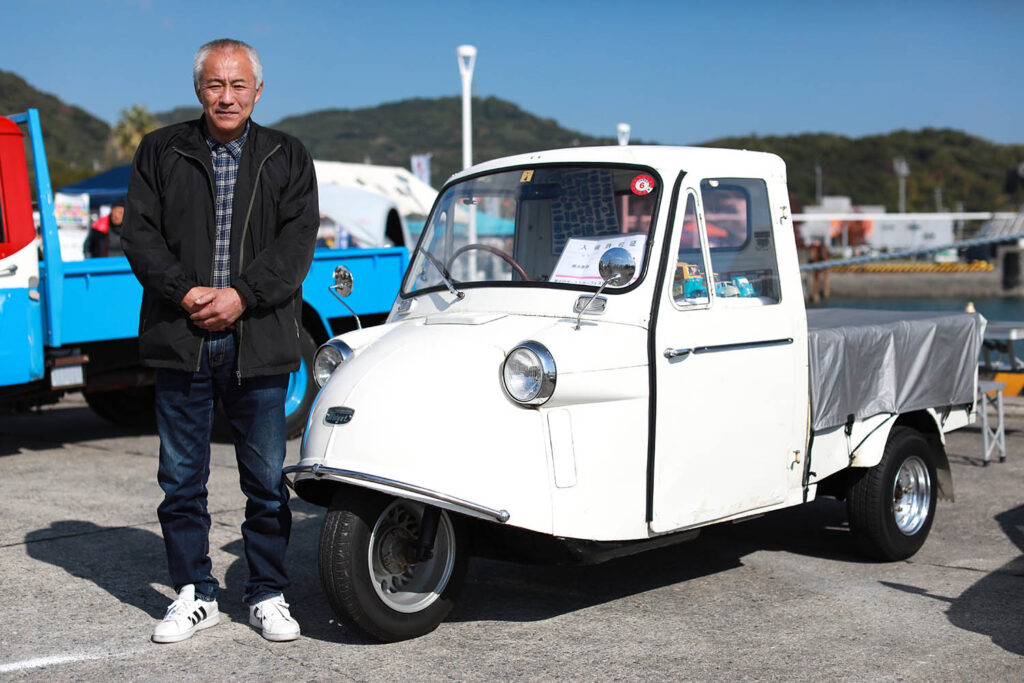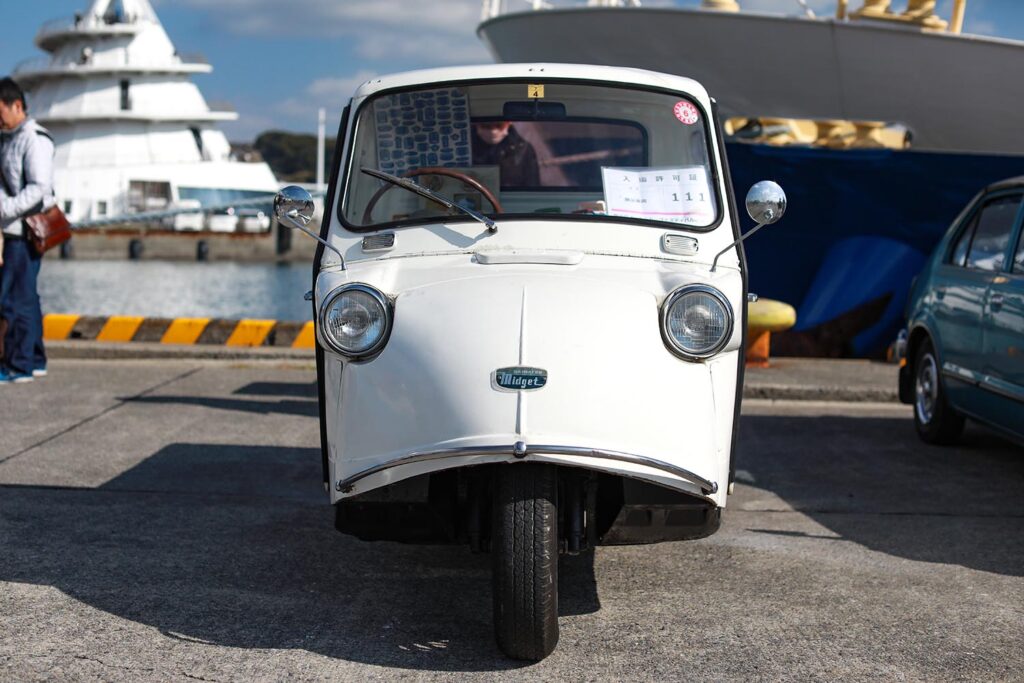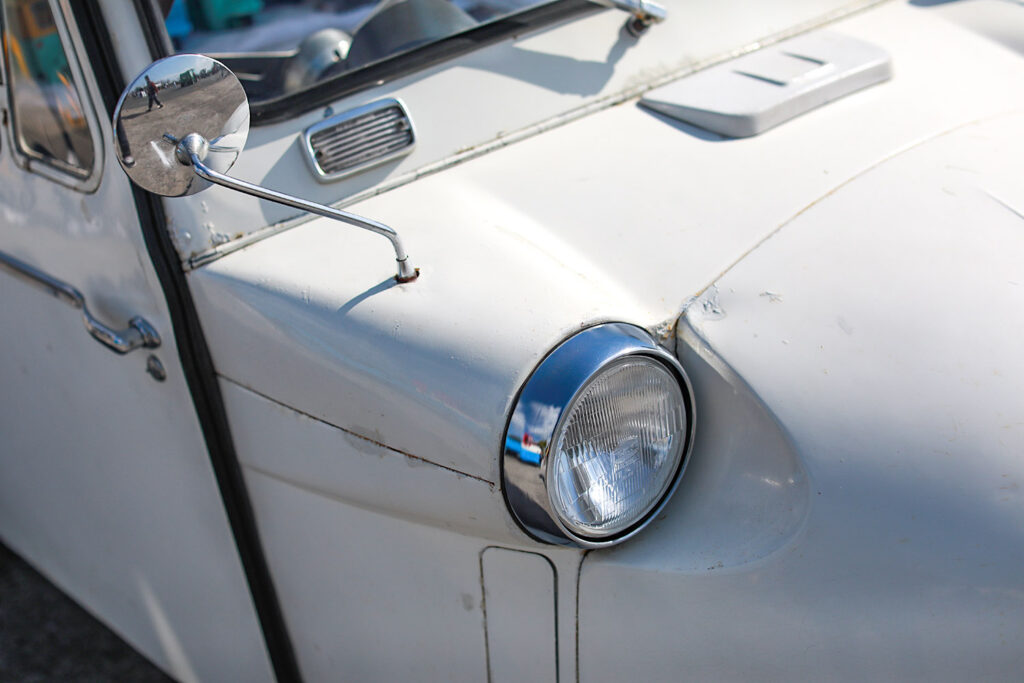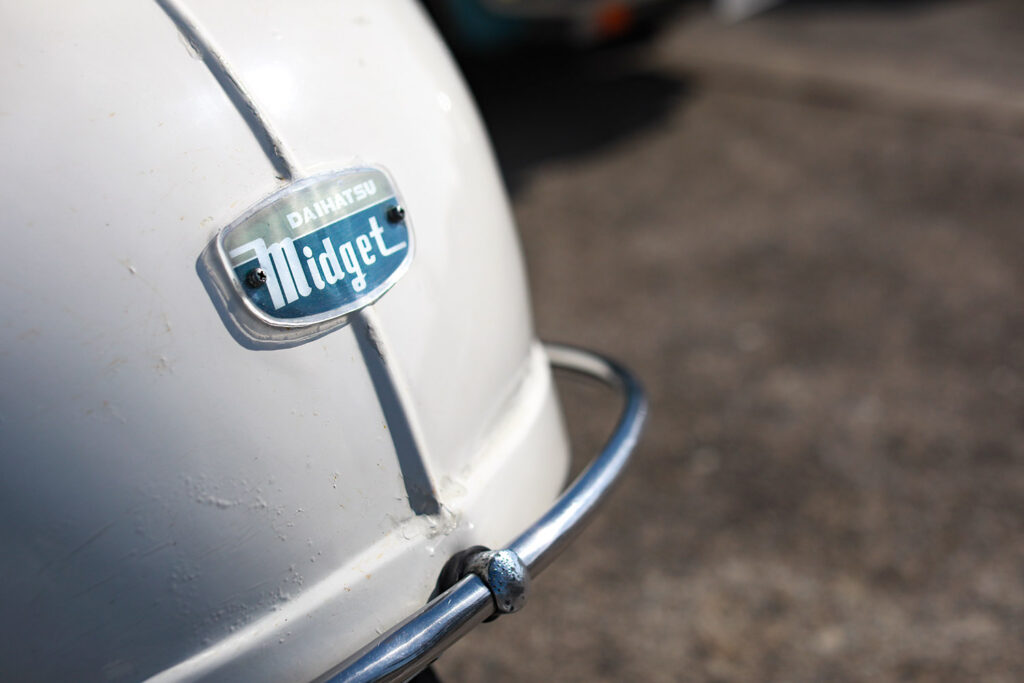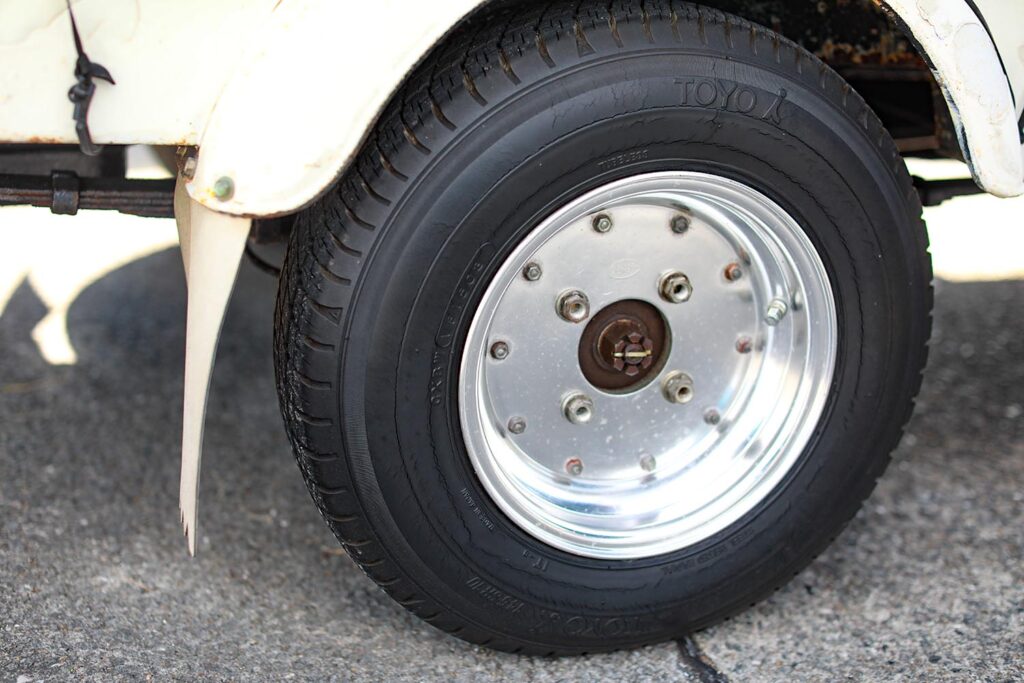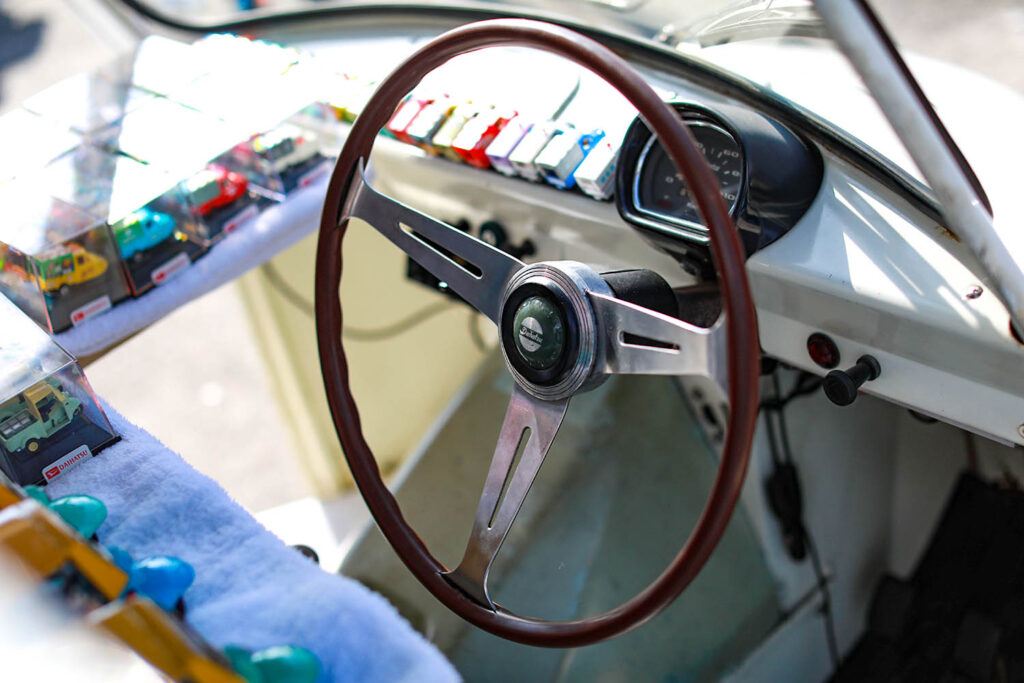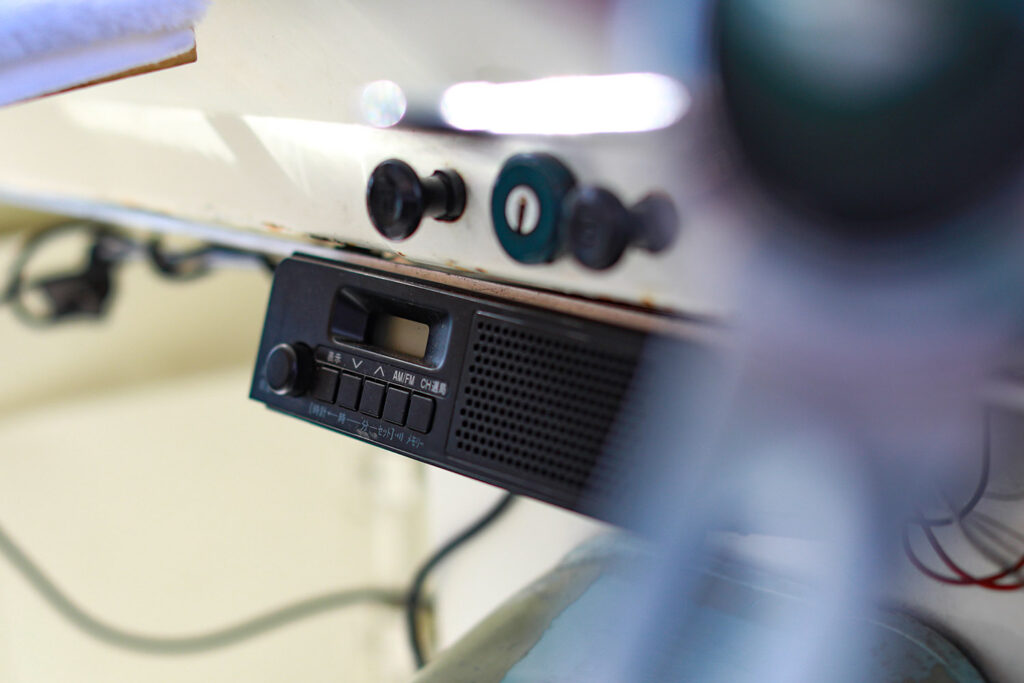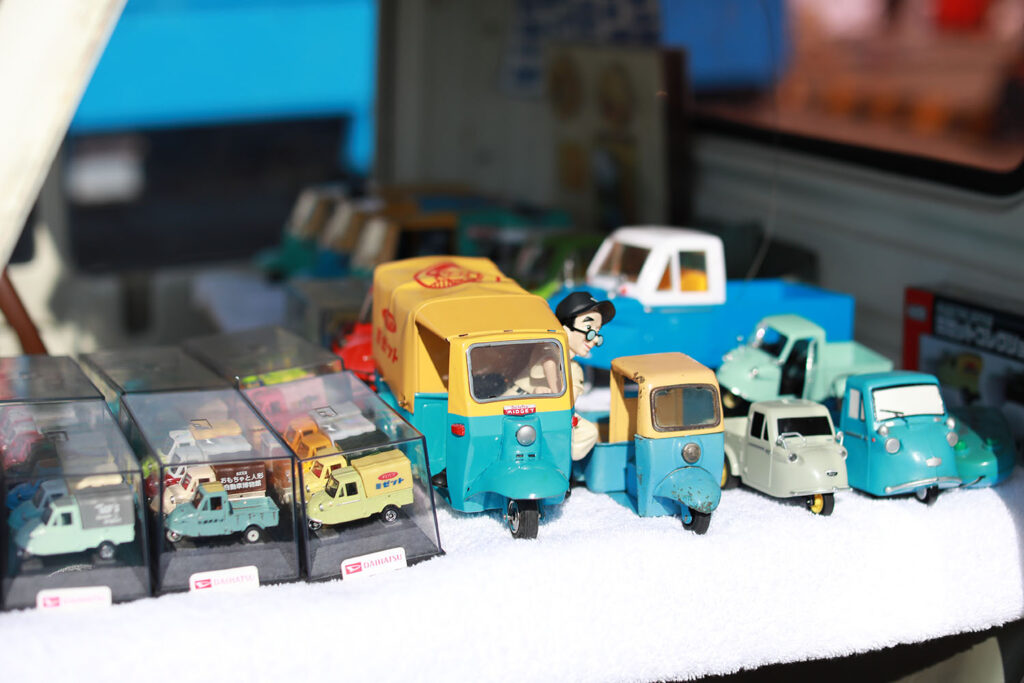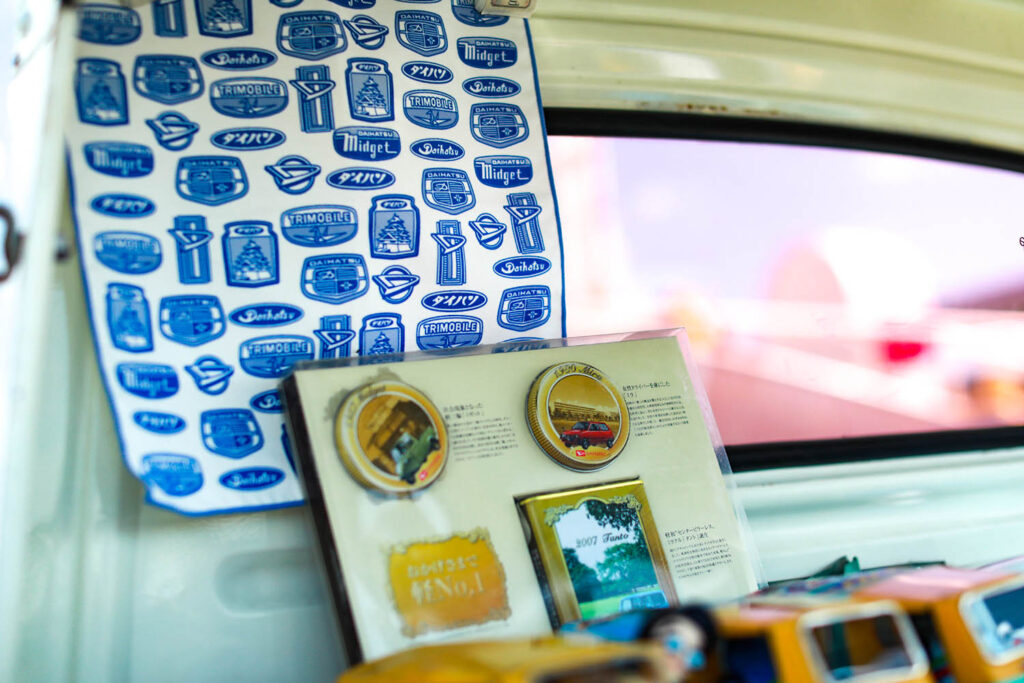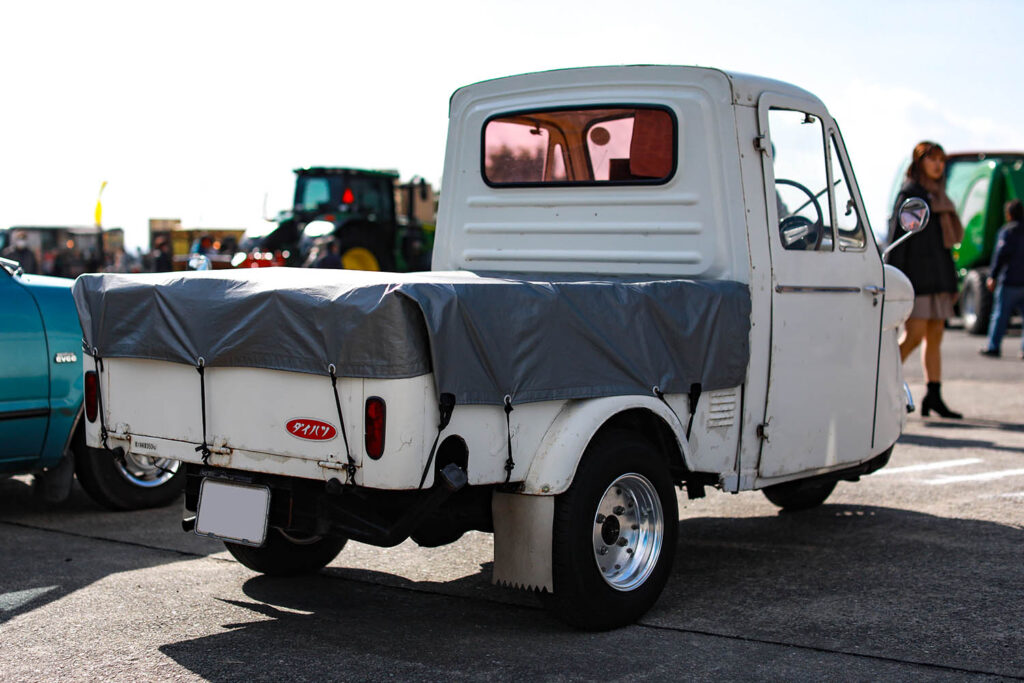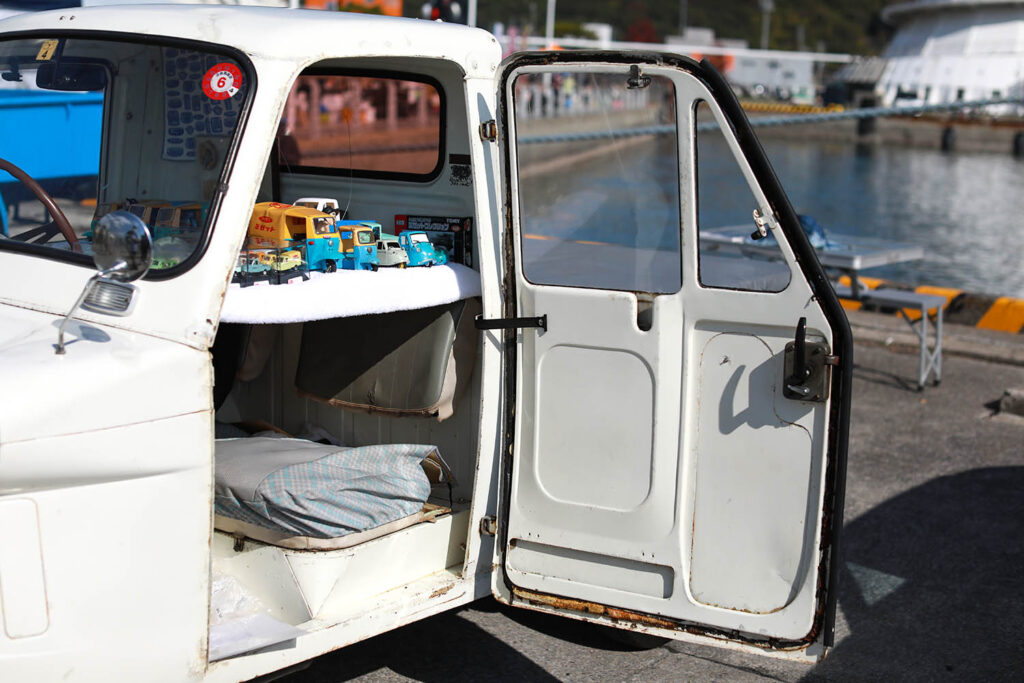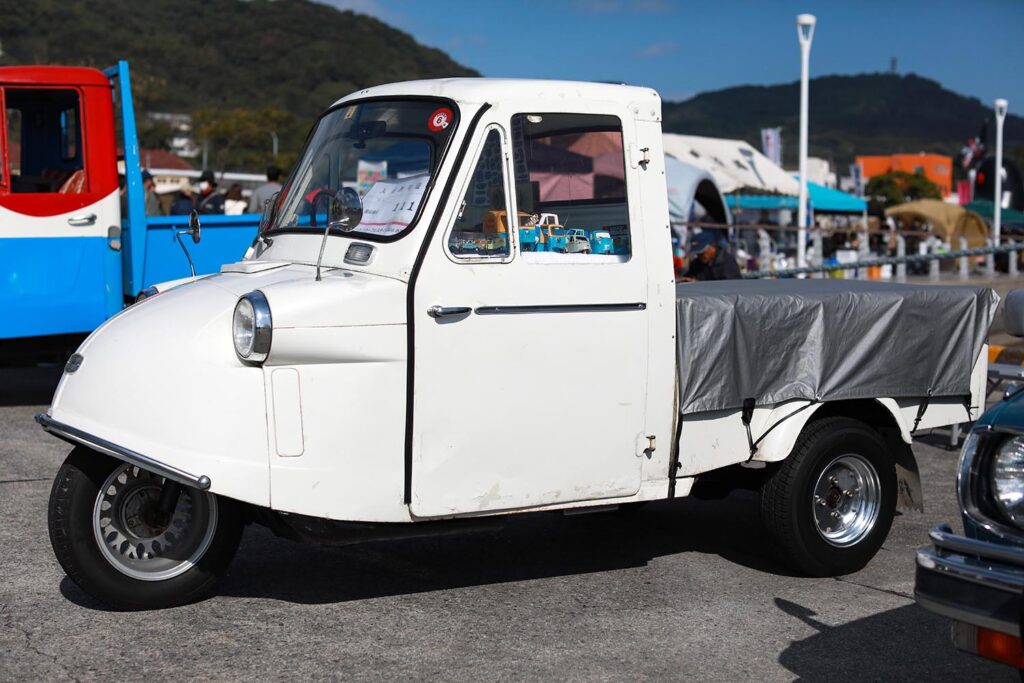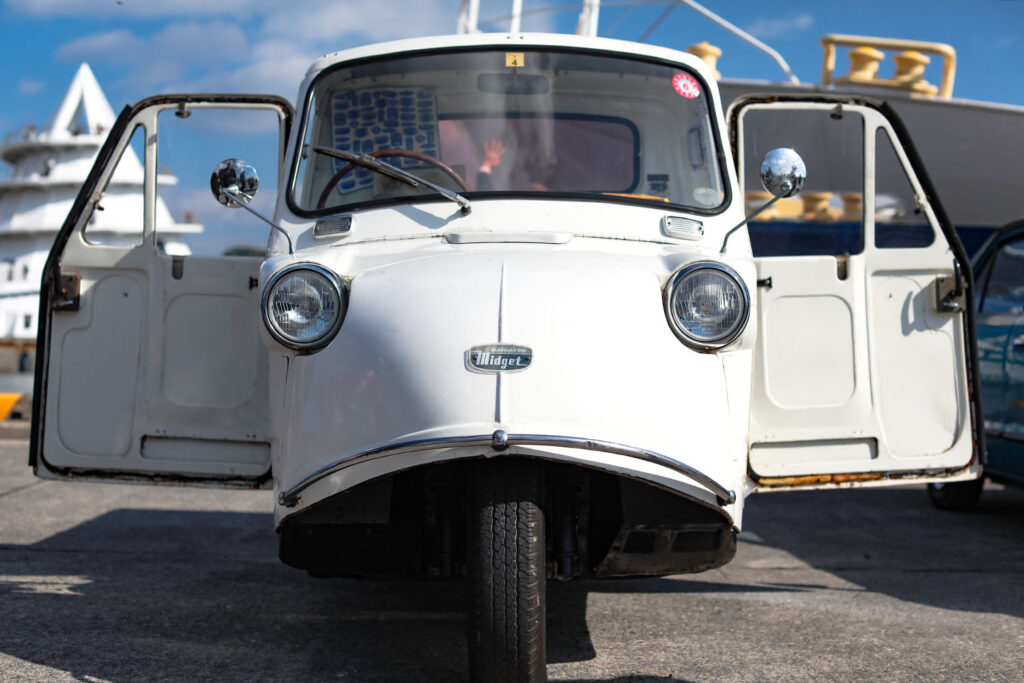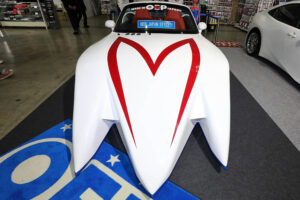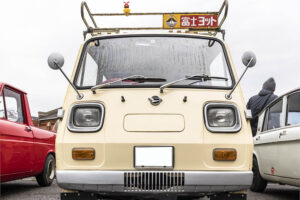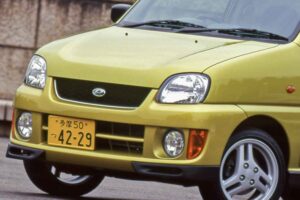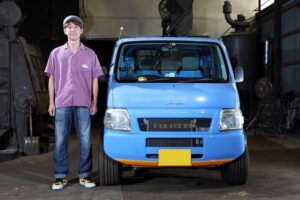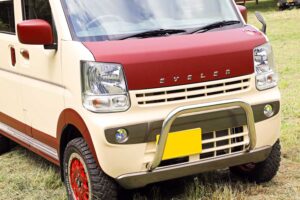The professional know-how and intuition needed to maintain classic cars
Of the three cars he actually got, this one was the one that still had its registration papers. However, the engine was seized, so the other two cars were used as parts.
“While repairing the car, I look for parts that are not available and see if they can be shared with parts from other cars and other vehicles, or, depending on the situation, I make my parts to deal with the problem. Even if the parts are not from those days, are there any parts that can be substituted with what is available today? Or are there none? If there are, I can fix it, and if not, I can do something about it. The advantage may be that I can check the availability of the parts myself.”
The work that Mr. Ohashi has done, from the suspension to the engine and points, is to convert the car to a fully transistorized version. The propeller shaft was also changed to the current universal joint type. He also focused on other parts of the car that were impairing its running, such as the steering wheel, headlights, and rubber parts, and carried out repairs by fabricating some of the parts himself and searching for alternatives.
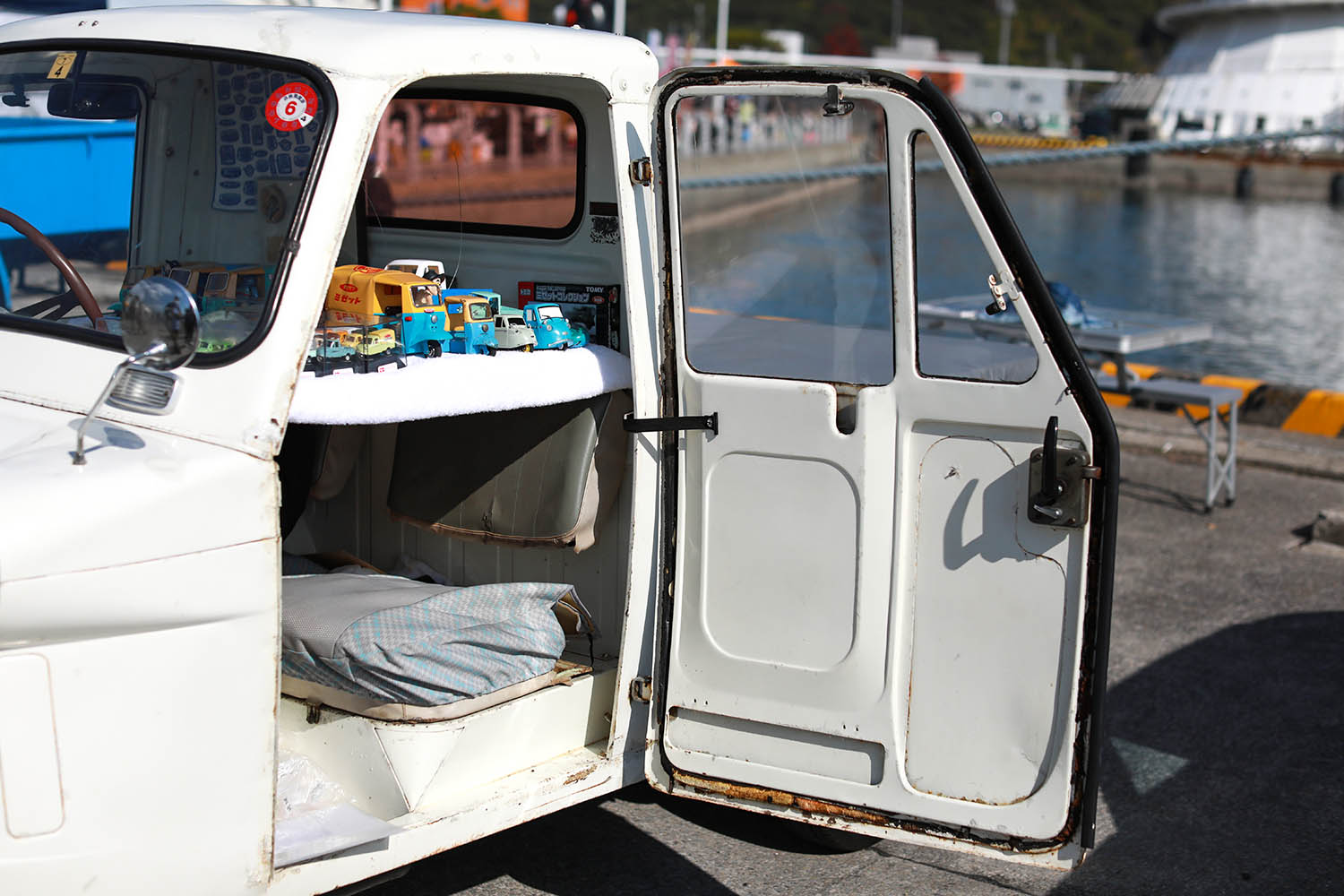
However, he is not actively involved in exterior restoration because the car was originally designed to carry cargo, like a light truck, and dedicates its repairs and maintenance to making the car run rather than to its appearance.
As for the numerous goodies, he also collected Midget toys one by one, resulting in a huge collection. Mr. Ohashi has the same passionate love for his midgets as he did for his Compagno Berlina and Compagno Spyder.
translated by DeepL





